The Blue Runner, or bluestripe jack, is a species of fish in the Carangidae, or jack, family. Other members of Carangidae include the other jack species, pompano, lookdown, trevally, and more. This common species lives across the Atlantic Ocean and people target it in recreational and commercial fisheries. Read on to learn about the Blue Runner.
Description of the Blue Runner
This species has a silver colored body with a blue-green or olive colored hue to its scales. It has a typical “fish-like” body shape which is narrow and tall. The tail fin of this species has a deep fork. Adults reach sizes of up to 2.3 ft. long and 11 lbs. However, the average individual measures about a foot long.
Interesting Facts About the Blue Runner
These fish have a number of interesting traits and adaptations. Learn more about what makes them unique, below.
- In the Family– Researchers place several other commercially important species in the Carangidae family. These include other jack fish species, such as the green jack, yellowtail, amberjack, and more
- Close Cousin – Of those species, the closest relative of the Blue Runner is the green jack. The two species share very close genetics, and researchers even believe that they could share a single species, though they must conduct additional research before they can reach this conclusion.
- Versatility – Unlike some other species in Carangidae, this fish has more versatile uses. People eat the meat fresh, smoked, or dried. They also use the species as bait, and for fish oil and fishmeal.
Habitat of the Blue Runner
You can find this species living a few different habitat types. However, they primarily live in inshore regions close to the surf zone or beach. They also utilize reefs and deeper waters near the coast as well. They range as far as 300 ft. below the surface.
Distribution of the Blue Runner
This species lives in the Atlantic Ocean. It ranges across both the eastern and western Atlantic. In the eastern Atlantic, populations live from the coast of Europe into the Mediterranean Sea and surrounding water bodies. Its range also extends along the coast of northern and central Africa.
In the western Atlantic its range extends along the coast of North America through Central America and down the coast of northern South America. It also lives throughout the Caribbean.
Diet of the Blue Runner
This fish has carnivorous feeding habits, which means it preys on other animals. It has a primarily piscivorous diet because it eats fish and other similar seafood.
Diets vary based on the size of the fish and where they live. Offshore populations feed primarily on plankton and fish larvae, while inshore populations hunt for small fish, shrimp, and various invertebrates.
Blue Runner and Human Interaction
Humans interact with this species quite frequently, primarily through fishing. Fishermen target this fish heavily in both commercial and recreational fisheries. People use them as bait, but also eat their meat as well. Despite heavy fishing pressure, the populations of this species have high numbers.
The IUCN lists this species as Least Concern.
Domestication
Humans have not domesticated this fish in any way.
Does the Blue Runner Make a Good Pet
No, people do not generally keep these fish as pets.
Blue Runner Care
Some commercial aquariums keep this fish to display to the public. To better replicate their wild lifestyle, they house them in groups known as schools. Though some aquariums keep this species in an exhibit all their own, in many tanks they coexist with other fish species of similar size to better show a typical ecosystem. Aquarists feed them a diet of fish, shrimp, squid, krill, and more.
Behavior of the Blue Runner
This species has highly social behavior, and lives in groups known as schools or shoals. Their behavior varies based on the age of the school. You can find groups of juvenile fish sheltering beneath floating seaweed or hiding in estuaries. When it comes time for adults to reproduce, they move into offshore waters.
Reproduction of the Blue Runner
This fish breeds via spawning. Sometime between the months of January and August, the females release their eggs into the water and the males fertilize the eggs outside of the body. A single female can produce over a million eggs.
After fertilization, the parents show no protection of their offspring in any way. The pelagic eggs float in the open ocean until they hatch, as do the larval young. The young reach sexual maturity when they measure about ten inches long.

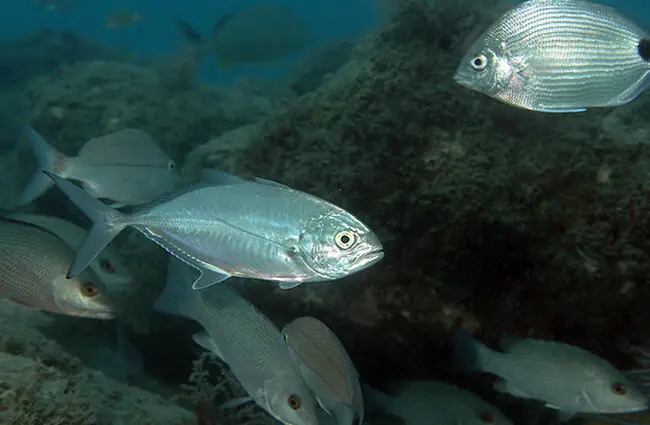

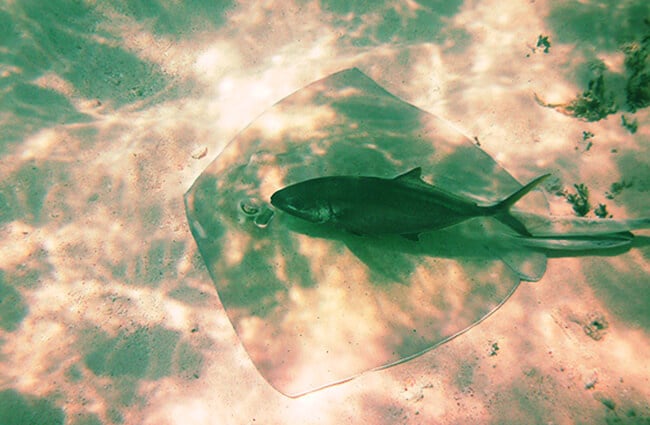
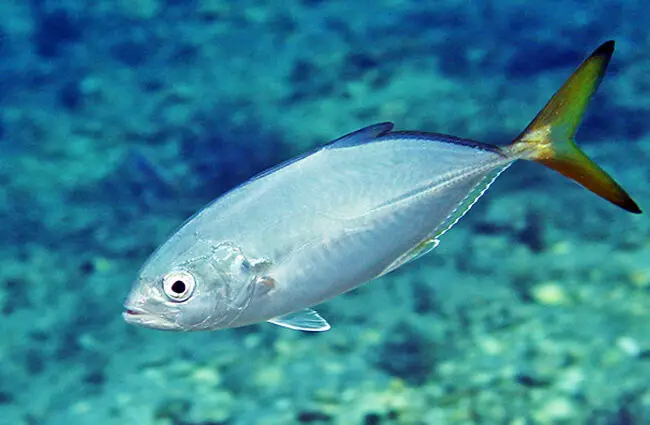

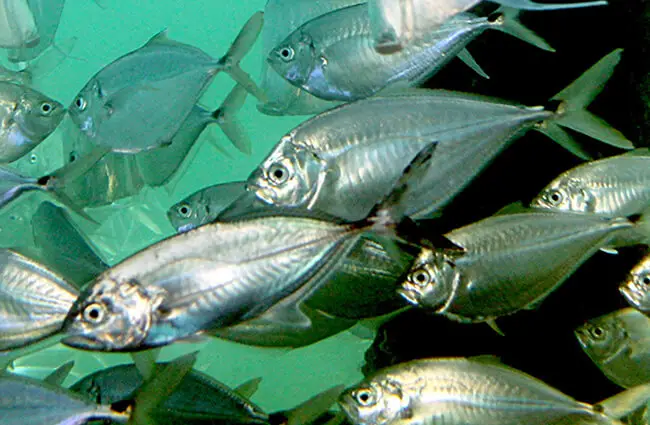

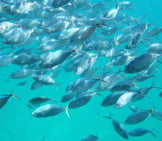
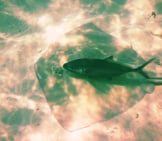
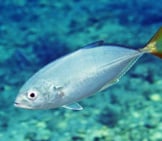
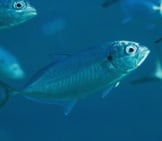

![Red Angus Closeup of a beautiful Red Angus cowPhoto by: U.S. Department of Agriculture [pubic domain]https://creativecommons.org/licenses/by/2.0/](https://animals.net/wp-content/uploads/2020/03/Red-Angus-4-238x178.jpg)












![Red Angus Closeup of a beautiful Red Angus cowPhoto by: U.S. Department of Agriculture [pubic domain]https://creativecommons.org/licenses/by/2.0/](https://animals.net/wp-content/uploads/2020/03/Red-Angus-4-100x75.jpg)

